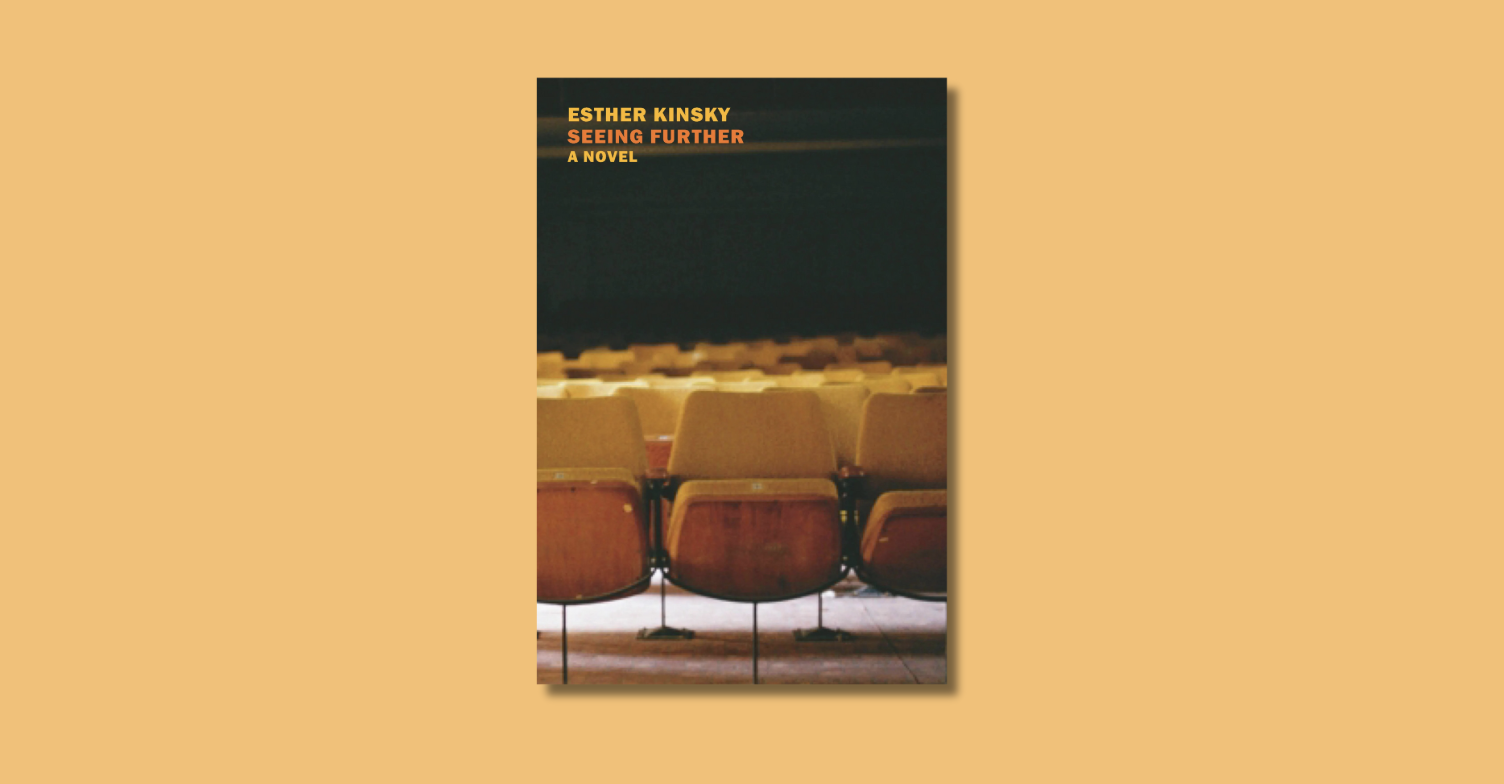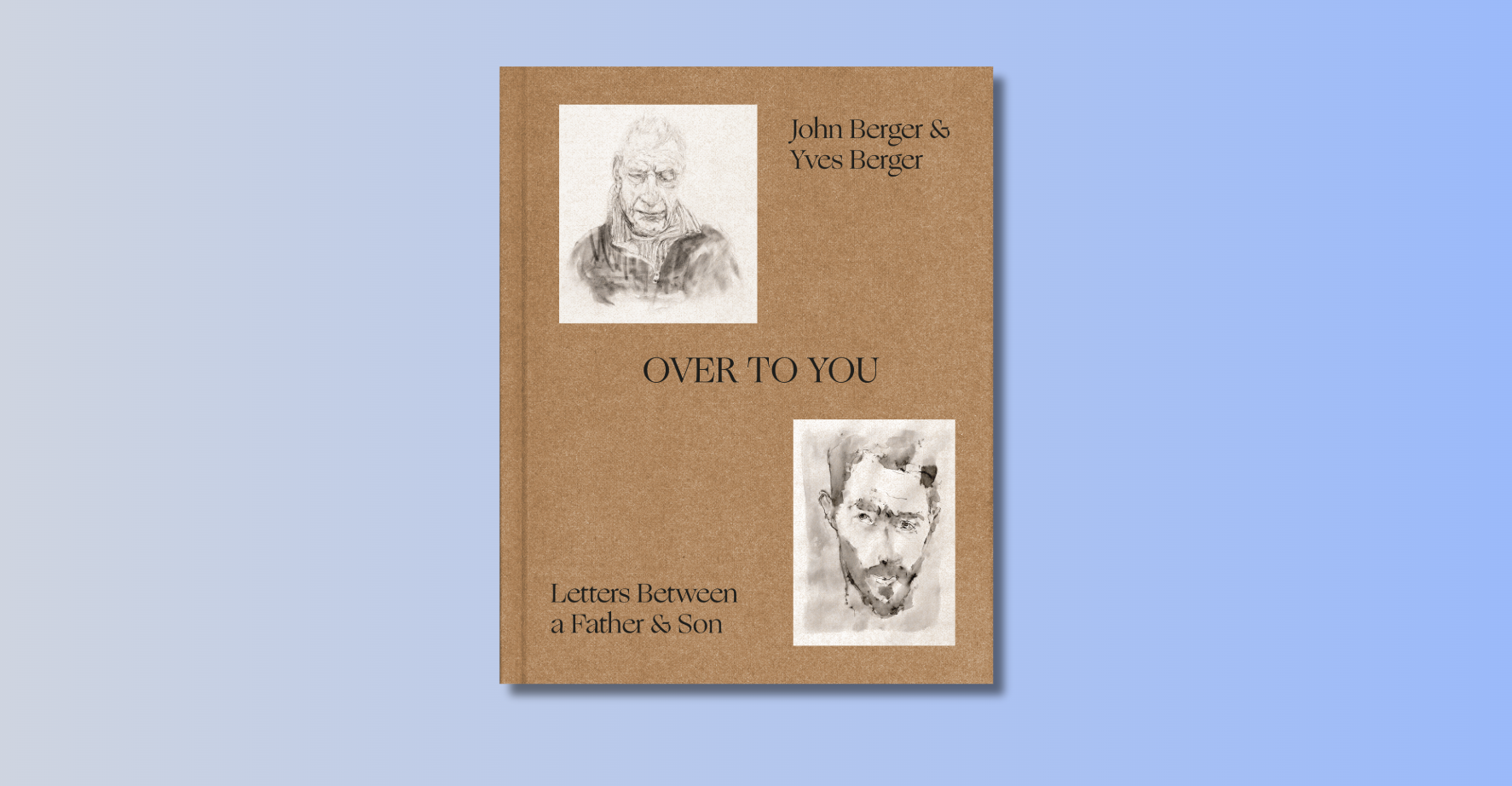I got the most recent National Geographic in the mail yesterday. The issue is devoted entirely to one subject, Africa, and, according to the AP, is notable for being the first one-topic issue in the magazine’s history and only the second (since they started using cover photographs) to not have a photo on the cover. National Geographic always provides broad, colorful stories, but never before have they delved so deeply on a single subject, and having read through this issue, I think they ought to do it more often. Some notable names make appearances in the Africa issue. Jared Diamond (Guns, Germs, and Steel, Collapse) pens the issue’s introduction with a discussion of why Africa has fallen behind the rest of the world but is not doomed to this fate in the future. Joel Achenbach, Washington Post reporter – and blogger – looks at some of the current shortcomings of paleoanthropology. And Alexandra Fuller (Don’t Let’s Go to the Dogs Tonight) returns to Zambia, the country of her youth, in a piece that is more personal and less straightforward than a typical National Geographic article.








